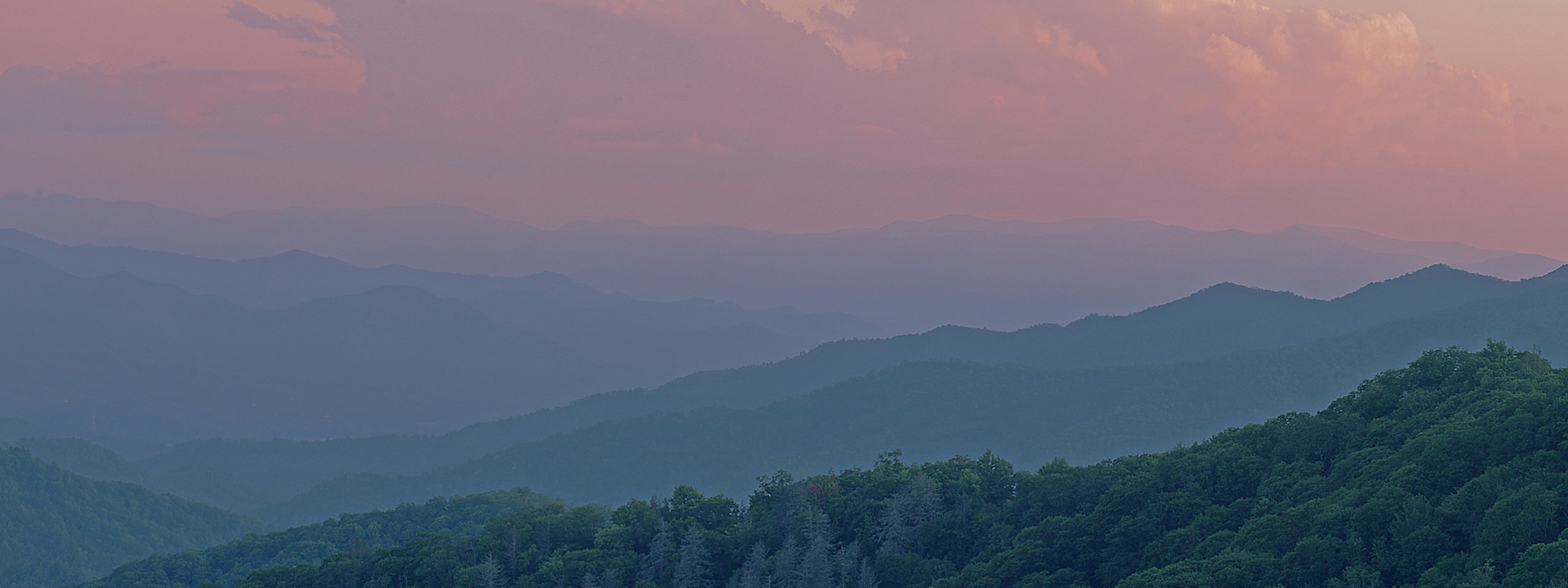
Approximately 1,500 light years away from the state on the West Coast is the California Nebula, NGC 1499. Discovered by E. E. Bernard in 1884, it gets its name from the similar shape to the 31st state in the U.S.
The star in the lower right corner is Xi Persei, a blue giant that is over 12,500 times brighter than the sun. This star is the reason the California Nebula is red. The star emits significant ultraviolet radiation due to the intense heat. The energy strikes the hydrogen gas making up most of the nebula, ripping the proton and electron away from each other. They may later rejoin, and as the electron comes into position it emits the red light.
Although over 100 light years in length, the California Nebula is too dim to be seen with the naked eye. While many similar nebulae are star forming regions, NGC 1499 is not. Even the star that lights it up was born elsewhere, and is merely passing by.
Five days before NASA’s Spitzer Space Telescope ended its mission on January 30, 2020, NGC 1499 was one of the final images.

For this image I used a Canon 500mm f/4 lens attached to a monochrome camera. The California Nebula has significant hydrogen emissions, so I used narrowband filters to capture the hydrogen alpha, oxygen III, and sulfur II wavelengths. These images were combined to form the final photo.
The final image is made from 77 images, ~6.3 hours total exposure time. It is less time than I usually spend because I did not set out to image this nebula. I took these images while waiting for another target to rise high enough in the sky. I expect to re-visit this target in the future, spending more time on it. NGC 1499, the California Nebula.
- SII: 18 images, 1.5 hours
- Ha: 38 images, 3.1 hours
- OIII: 21 images, 1.7 hours




